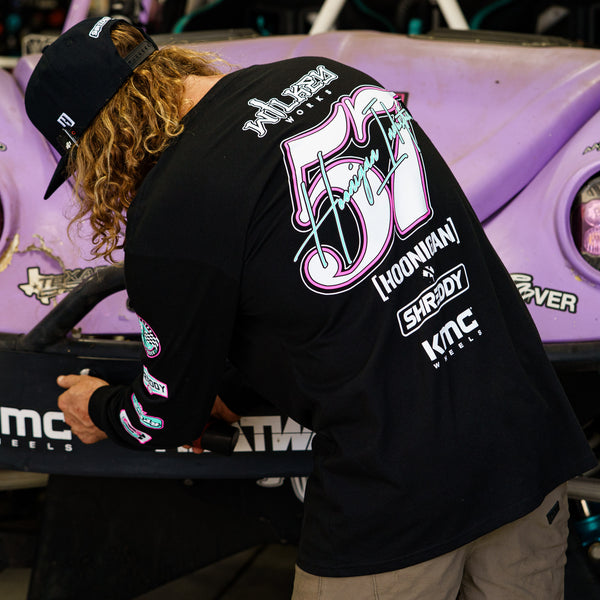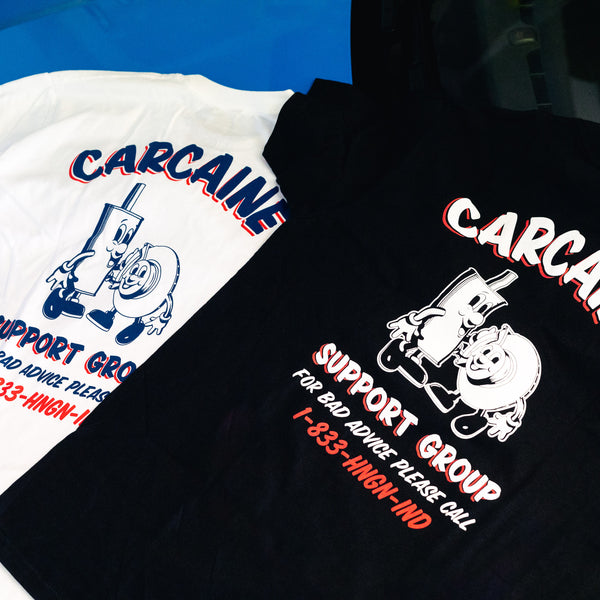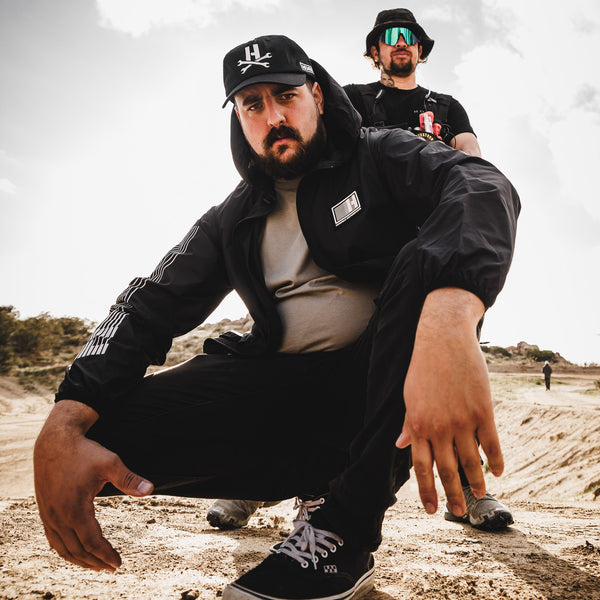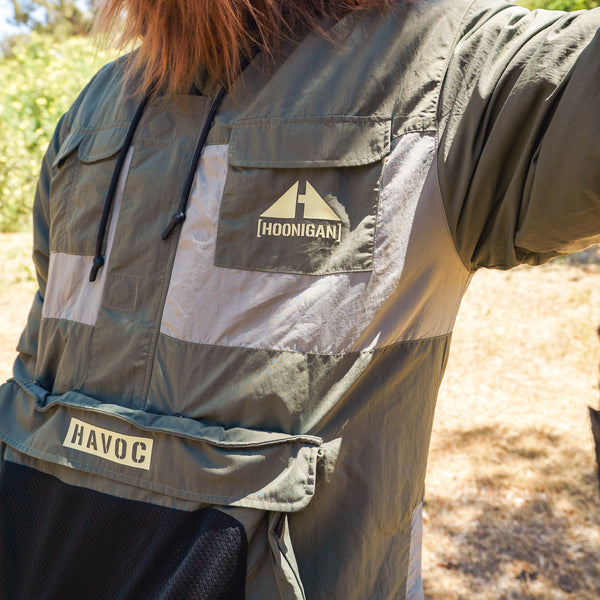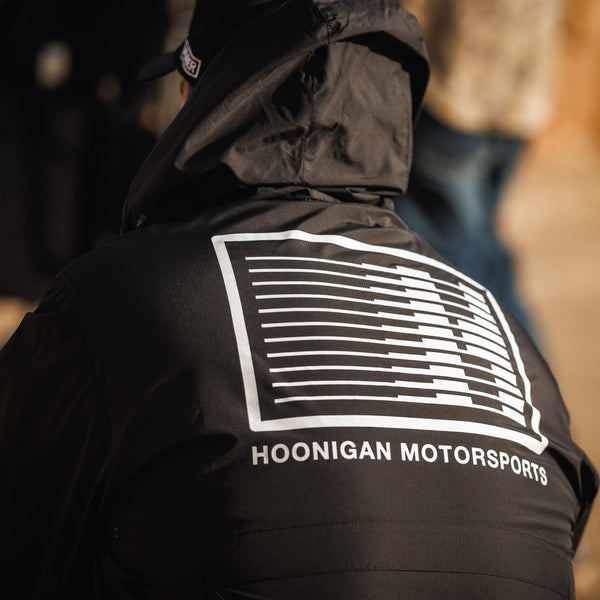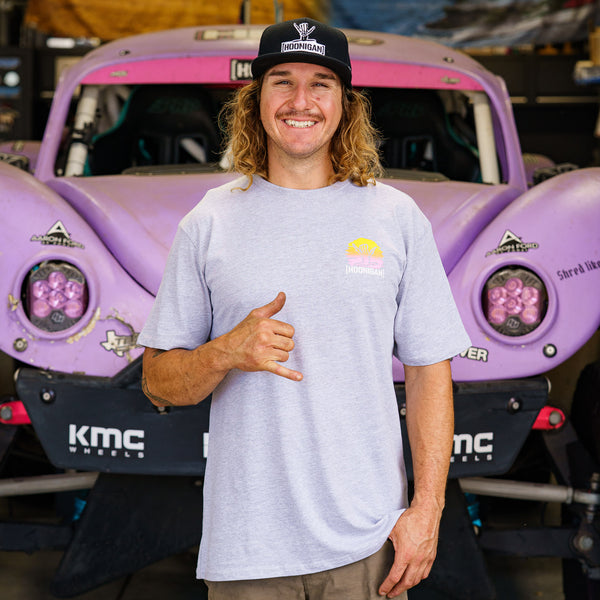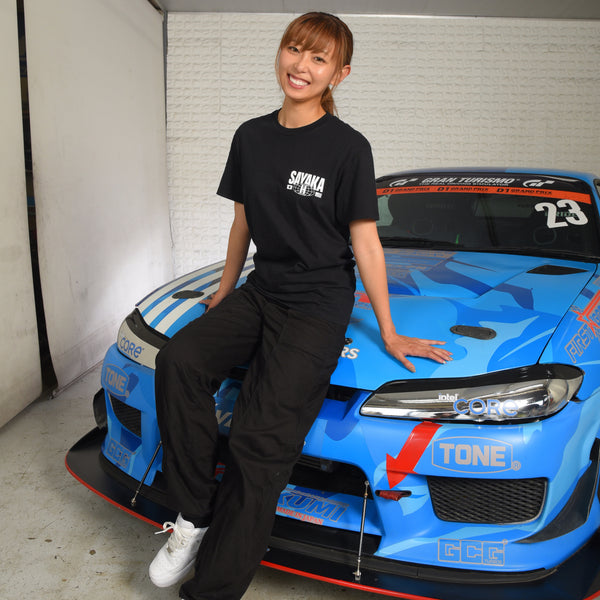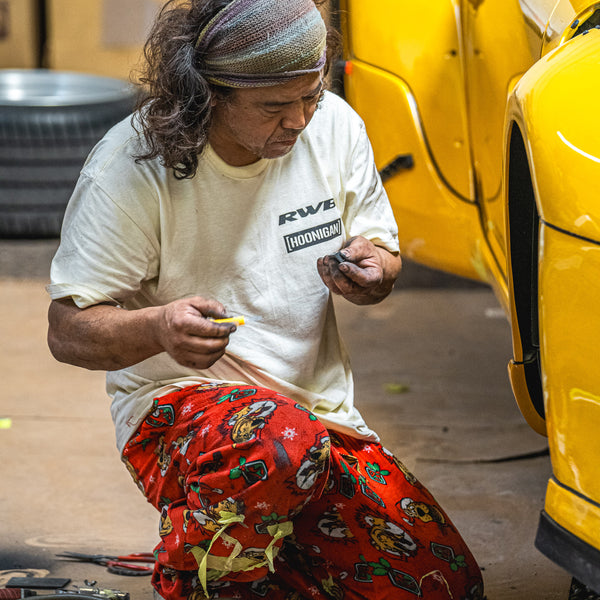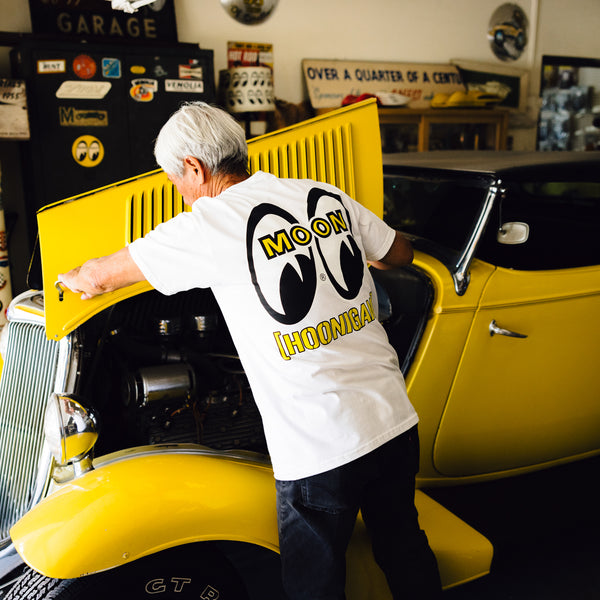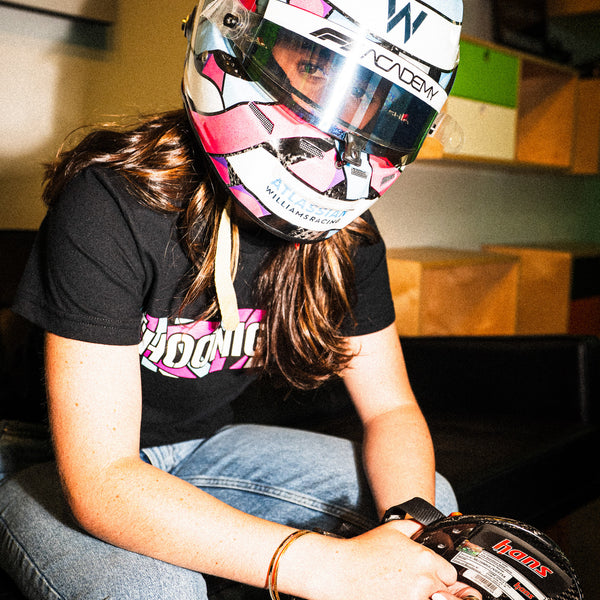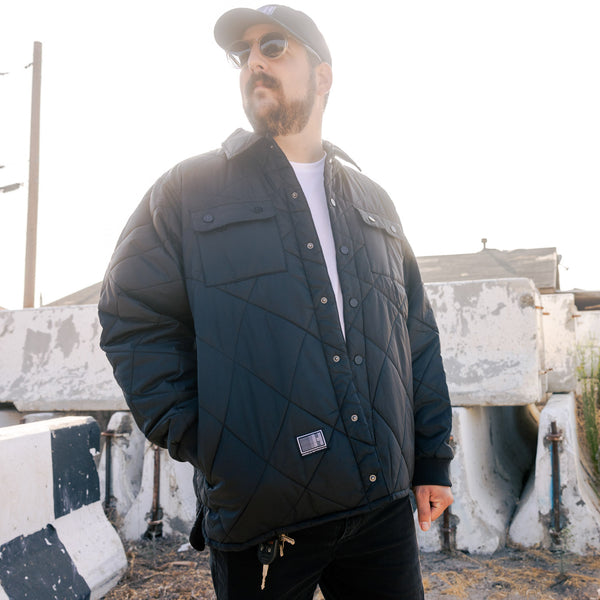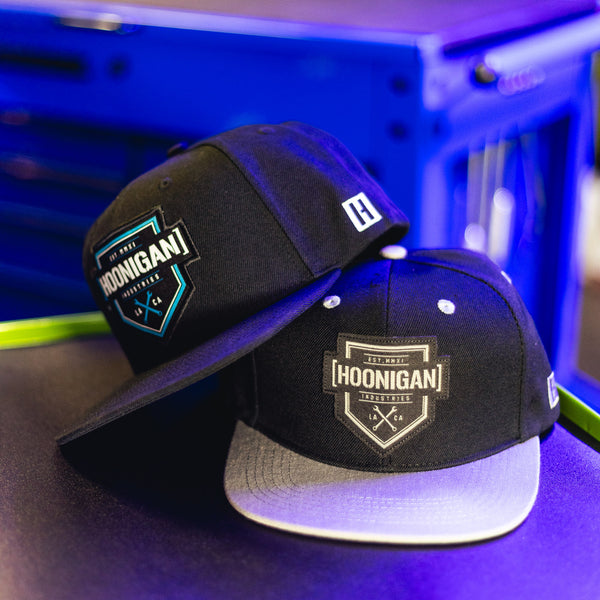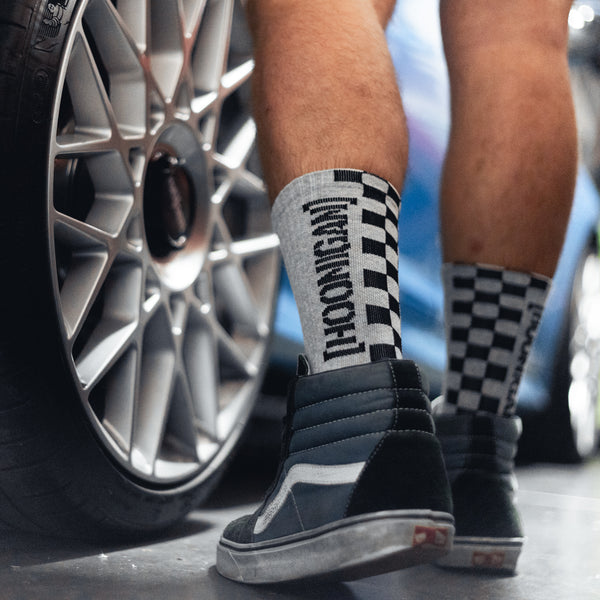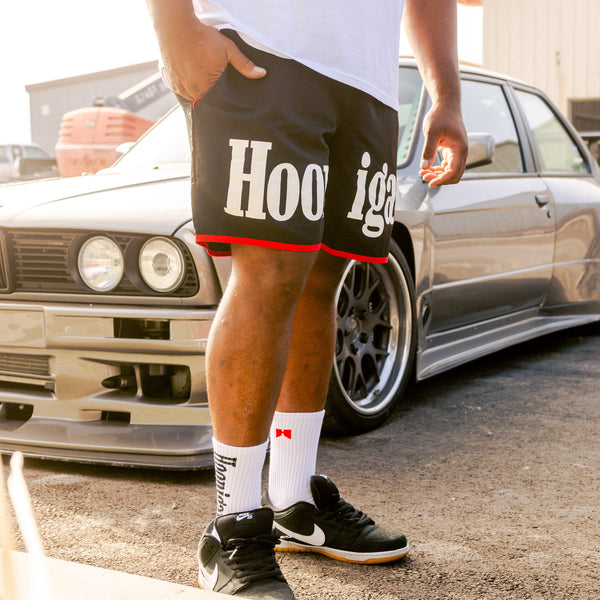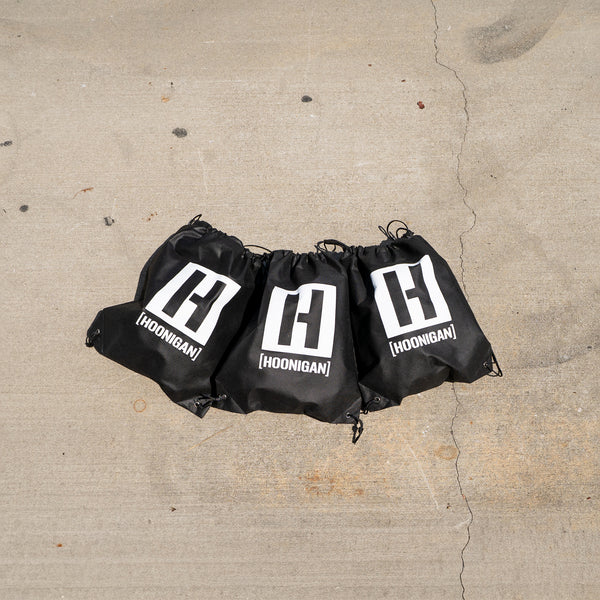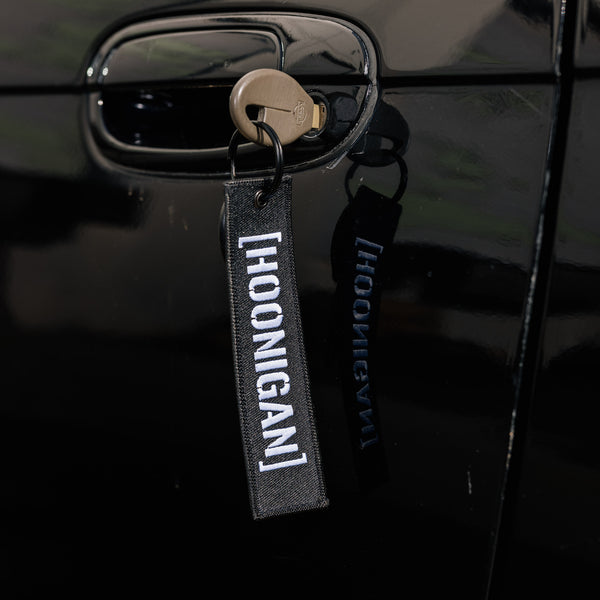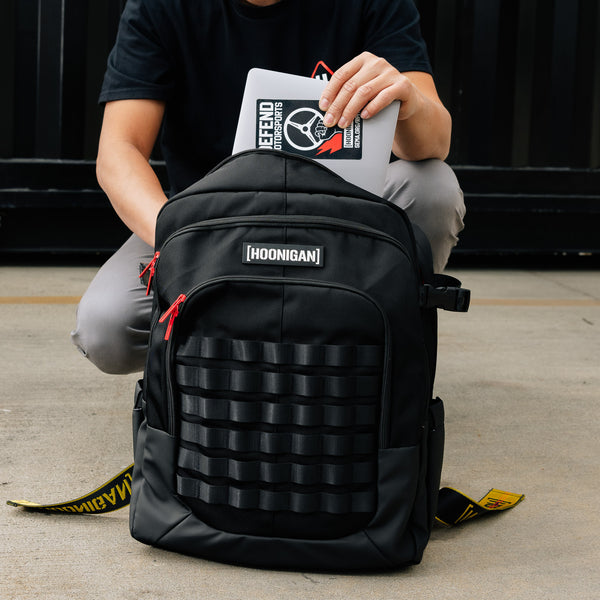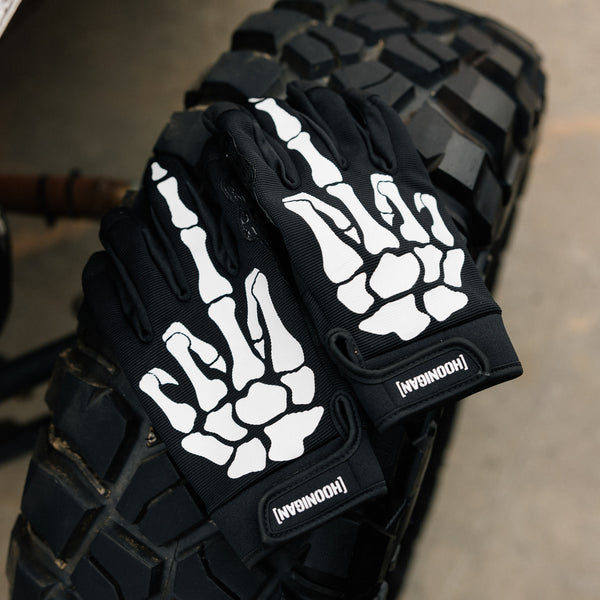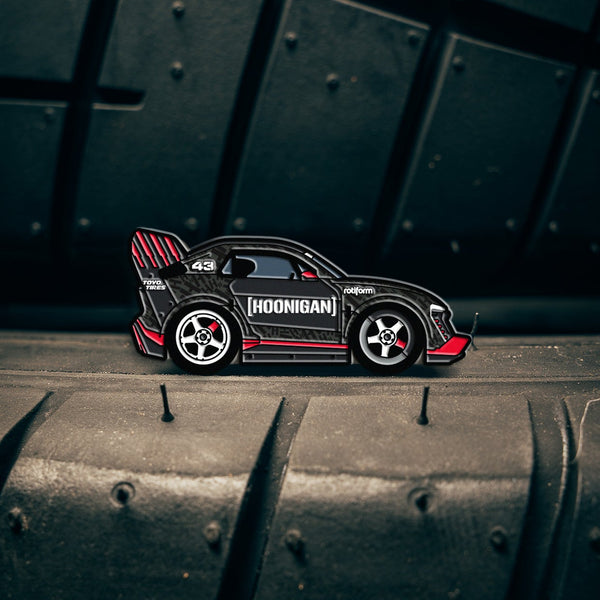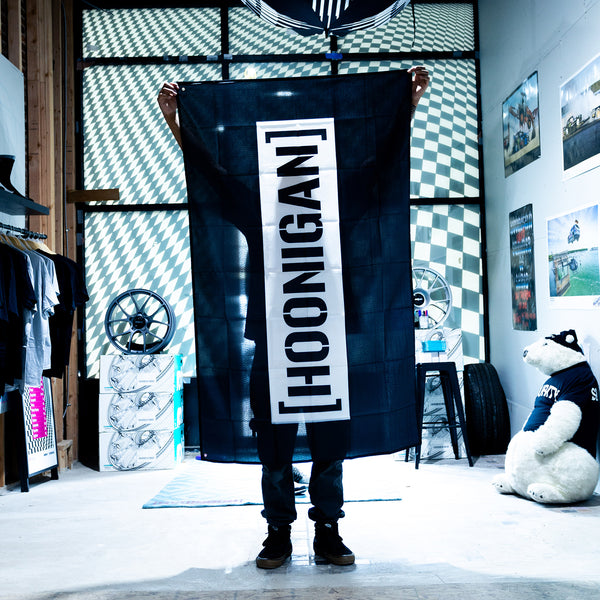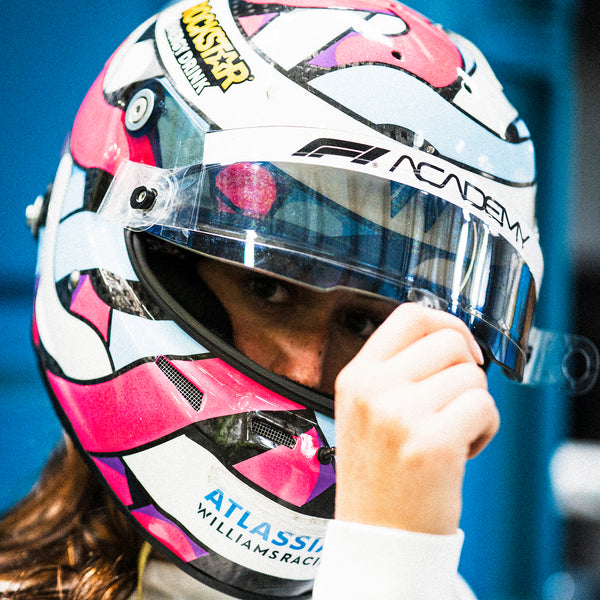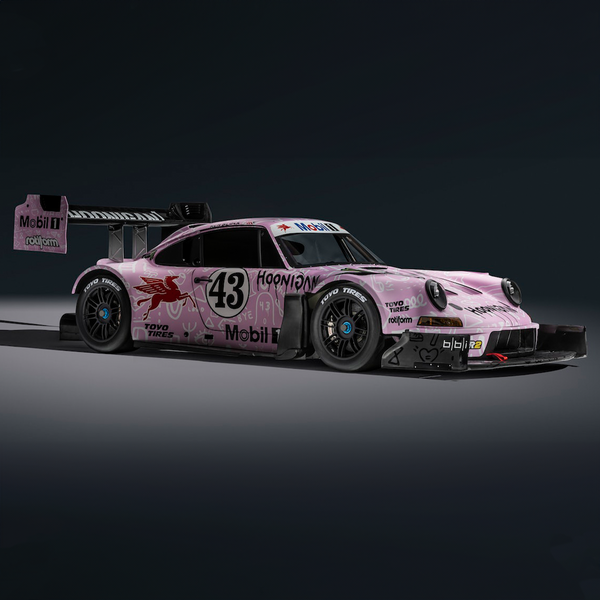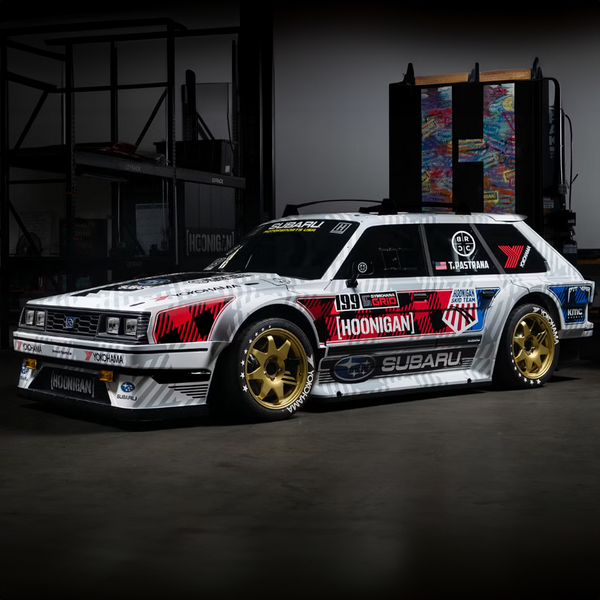When Ferdinand Porsche first created the air-cooled engine for his cars, he probably didn’t realize the legacy he was starting. Who would have thought that such a simple engine would have created such a cult following?
[desktop-only]

[desktop-only-end]
[mobile-only]

[mobile-only-end]
Luftgekühlt’s literal translation from German means “air cooled.” It’s the engine design that defined Porsche from the Pre-A 356 all the way to the 993 in 1998. That’s fifty years of running this type of engine in four- and six-cylinder variants ranging from carburetors to turbocharged and fuel-injected monsters. Even as the rest of the world went water cooled, even when Porsche finally did in 1999, the followers of Luftgekühlt steadfastly held their ground.
The celebration that has become an annual staple by that name was started by Porsche fanatics Patrick Long and Howie Idelson. The idea was not to create a repetitive experience, but to celebrate these air cooled wonders.
Every Luftgekühlt has been different, from the very first one that took place at Deus Ex Machina, a café located on Lincoln and Venice, to number Five that took place at Ganahl Lumber last year. Every experience is new and unique with each one topping the last.
However, why a lumber yard for last year’s event? The location in the South Bay of Los Angeles is new for the historic company, whose roots go back to the 1880s. The open-air yard provided a great, yet simple, backdrop with a mix of lumbers throughout. There was also a mix of complex architecture within the confines of Ganahl, creating dramatic scenes of Porsche diversity in the fading morning light.
It was artwork that defined and dynamically changed through the day. There is also historic reference to Porsches and lumber that many don’t know much about. The original 356 aluminum bodies were constructed in Gmund, Austria inside an old sawmill.
[desktop-only]

[desktop-only-end]
[mobile-only]

[mobile-only-end]
With the reach of Long and Idelson, these events also showcase many unique and historic air-cooled cars from the German marque. There were five such examples at Luftgekühlt Five, including the rain-soaked 1962 Solitude-Rennen Grand Prix Formula Car winner – the 804 Chassis 03, driven by Southern California’s legendary race car driver, Dan Gurney. The 804-03 was fitted with the Type 753, a 1.5-liter flat-eight that was built and designed by Hans Metzger.
It’s also fitting to display at this event as it was one of the one of the only air-cooled Formula One cars of its era. The chassis of the 804 is also all Porsche with double-wishbones and torsion bar springs just as their road cars used. 1962 was also the last year Porsche would run in Formula One with the 804-03 being their last chassis.
Of course, when the average person thinks of historic racing cars with Porsche on the boot, many would probably list the 917 because of its Le Mans win in 1970. However, the 908 was the first car to bring them a World Championship in 1969.
It debuted in 1968 as a three-liter, eight-cylinder coupe and transformed into a six-cylinder turbocharged Spyder before the chassis design was retired. Number Six, here, is 908 Chassis 10 and is a short-tail coupe with a 3.0-liter flat-six based on the four-cam efforts for production 911s.
While it was much like the stock engine, it produced 350 horsepower at 8450rpm, but it would develop harsh vibration problems in its debut. This was fixed late into 1968 with a newly designed crankshaft and in 1969 the 908 won the Prototype World Championship.
[desktop-only]

[desktop-only-end]
[mobile-only]

[mobile-only-end]
Number Six was driven by Vic Elford and Jochen Neerpasch and debuted at Spa in May 1968, but only ran 32 of the 71 total laps. It crashed out, but the chassis was repaired and stored until a Swiss collector purchased it, who then sold it to an American collector who has restored it. Now, RM Sotheby’s has it on a touring display before it will go on sale at auction.
Of course, it would be a crime not to mention the 917/30 on display during Luftgekühlt Five. Much of the 917s history and development was also based on the 908 but used the Type 912 engine; an air cooled flat-twelve with a 4.5-liter displacement to fit Group 4 rules.
Mezger, who also designed the Type 753, essentially took two Porsche 2.25-liter flat-sixes and merged them to make the 912. The hallmark of the engine was the cooling fan run by centralized gears coming from the camshafts. In 1973, however, the 917/30 debuted in the Can-Am series with a pair of turbochargers producing 1100-horsepower.
With history and beauty found in the simplicity of a lumber yard, Luftgekühlt Five created another unique experience that will only be seen once.
Even if you aren’t a fan of air cooled Porsches, these events are still worthy just for the cars and racers on display. If you missed one, you missed an event that will only take place once. When Luftgekühlt Six is announced, plan to be there or miss out on another once-in-a-lifetime experience.
Instagram: Larry_Chen_Foto
Larry@LarryChenPhoto.com
[desktop-only]

[desktop-only-end]
[mobile-only]

[mobile-only-end]
[image-gallery]










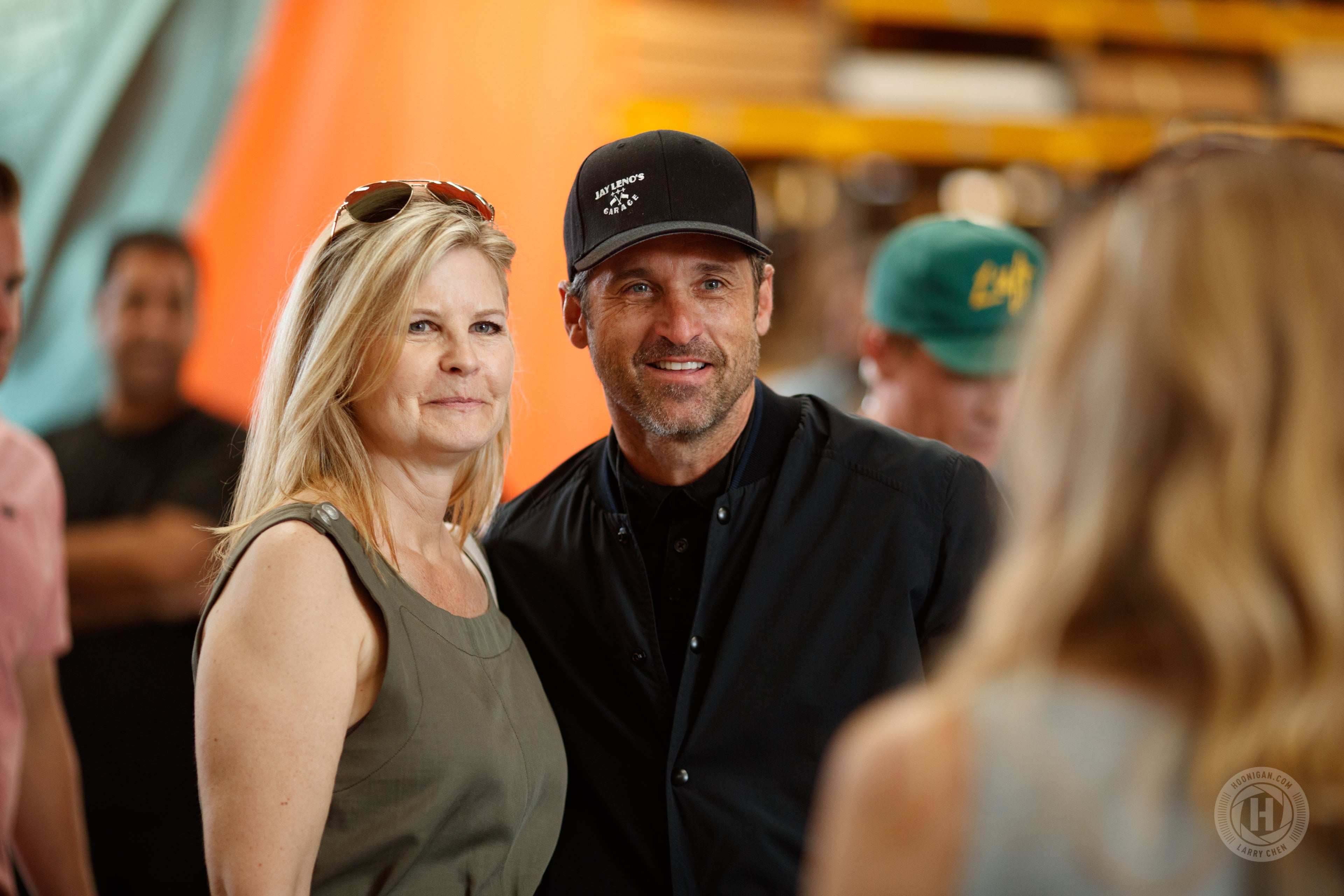


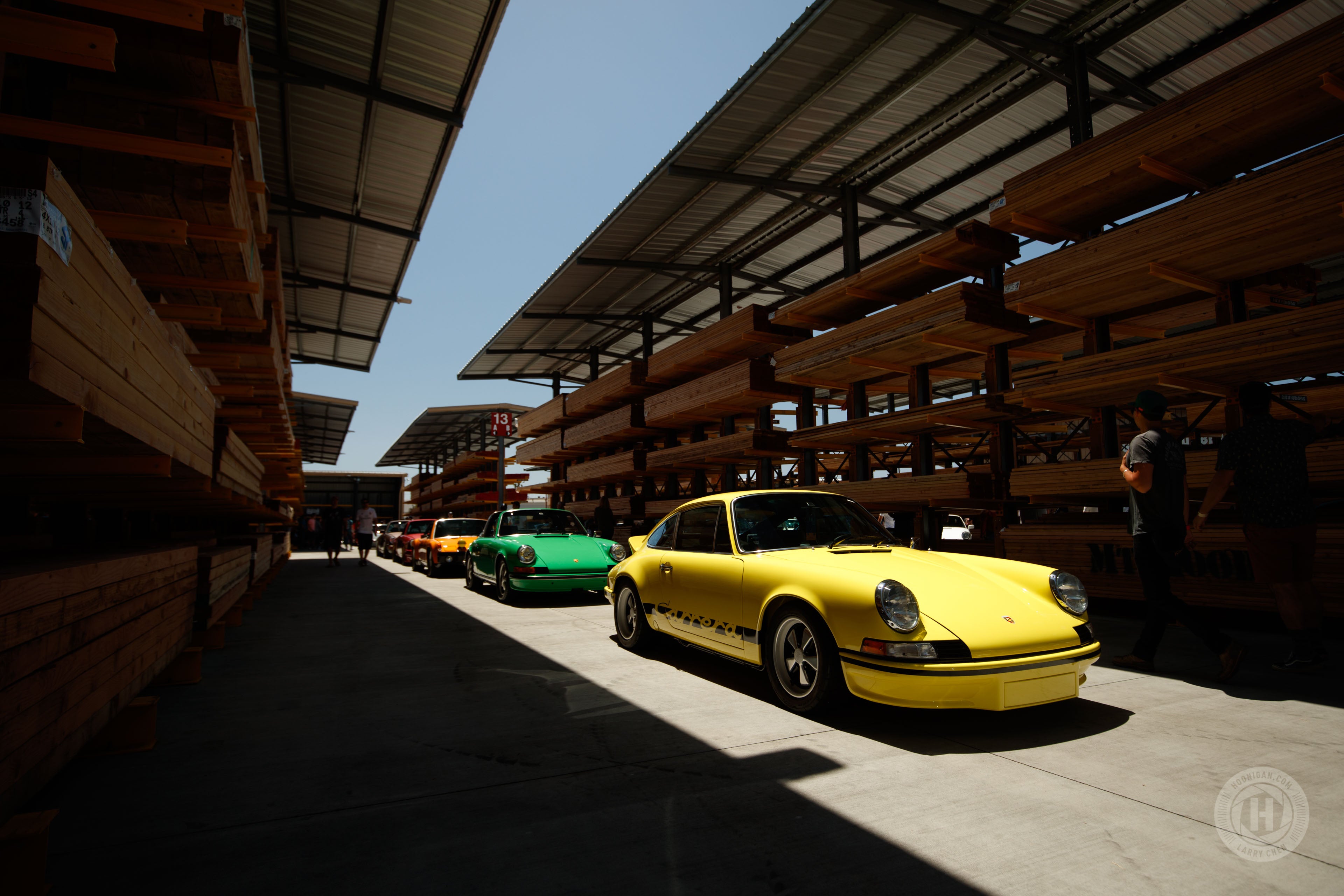






[/image-gallery-end]

















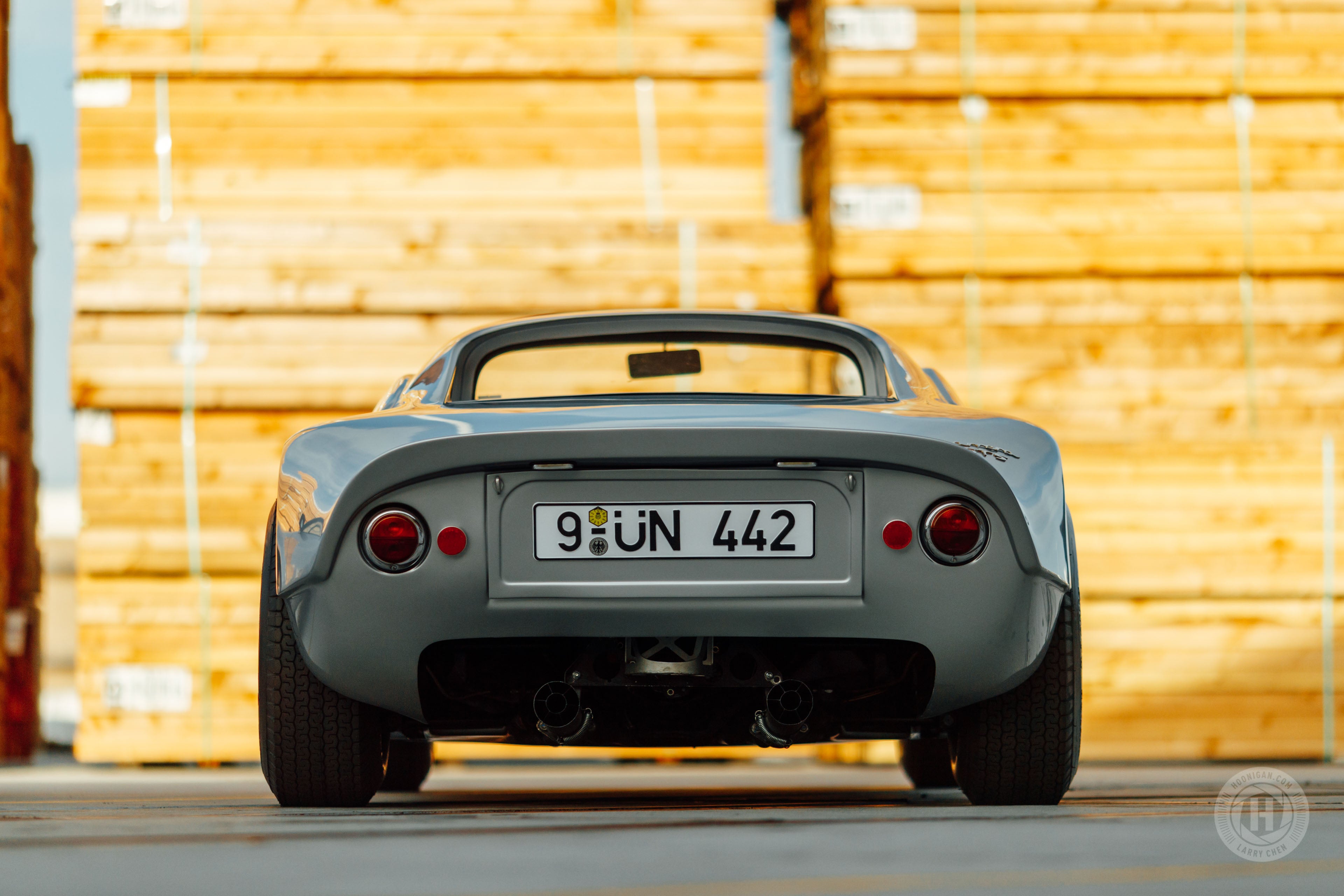


















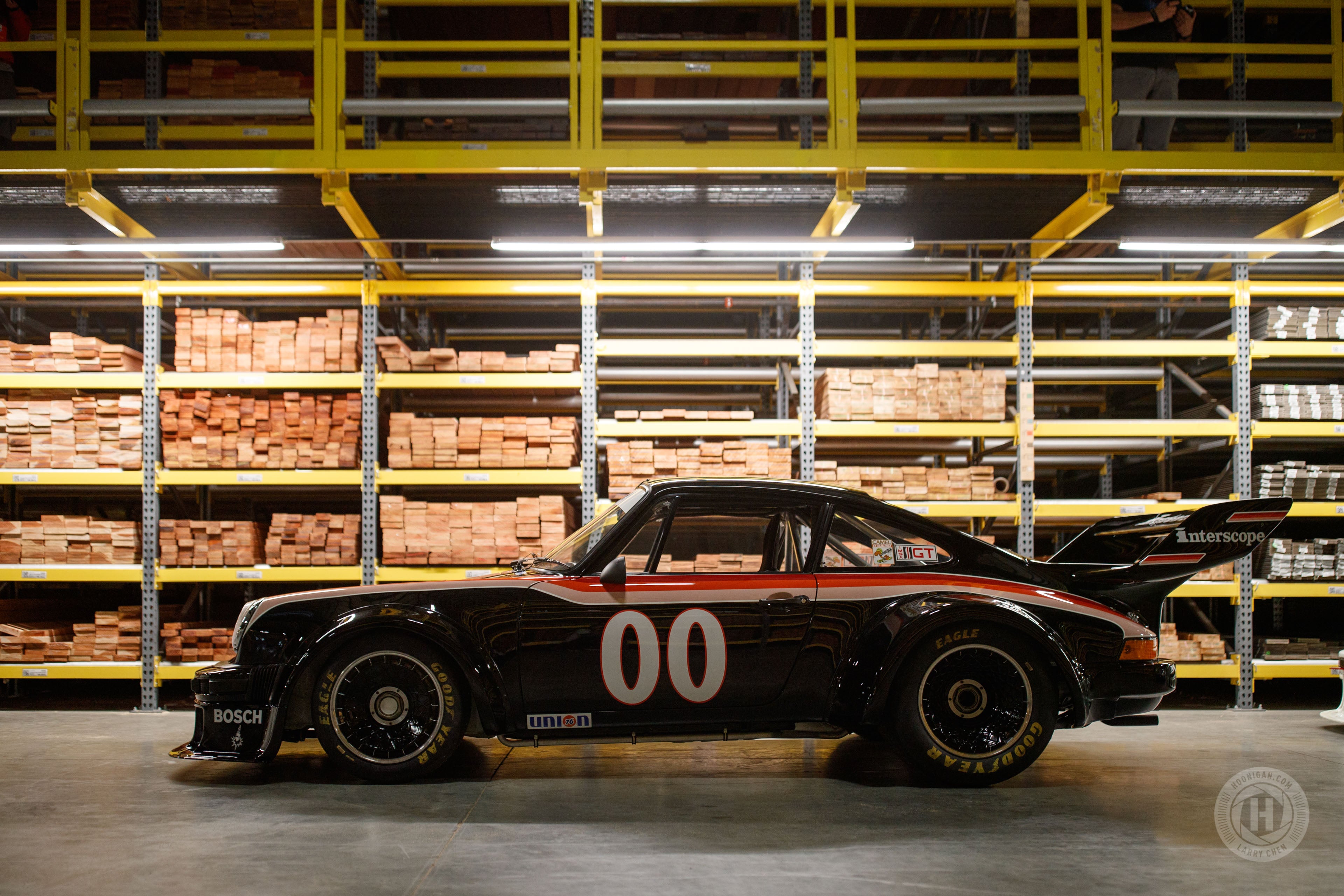











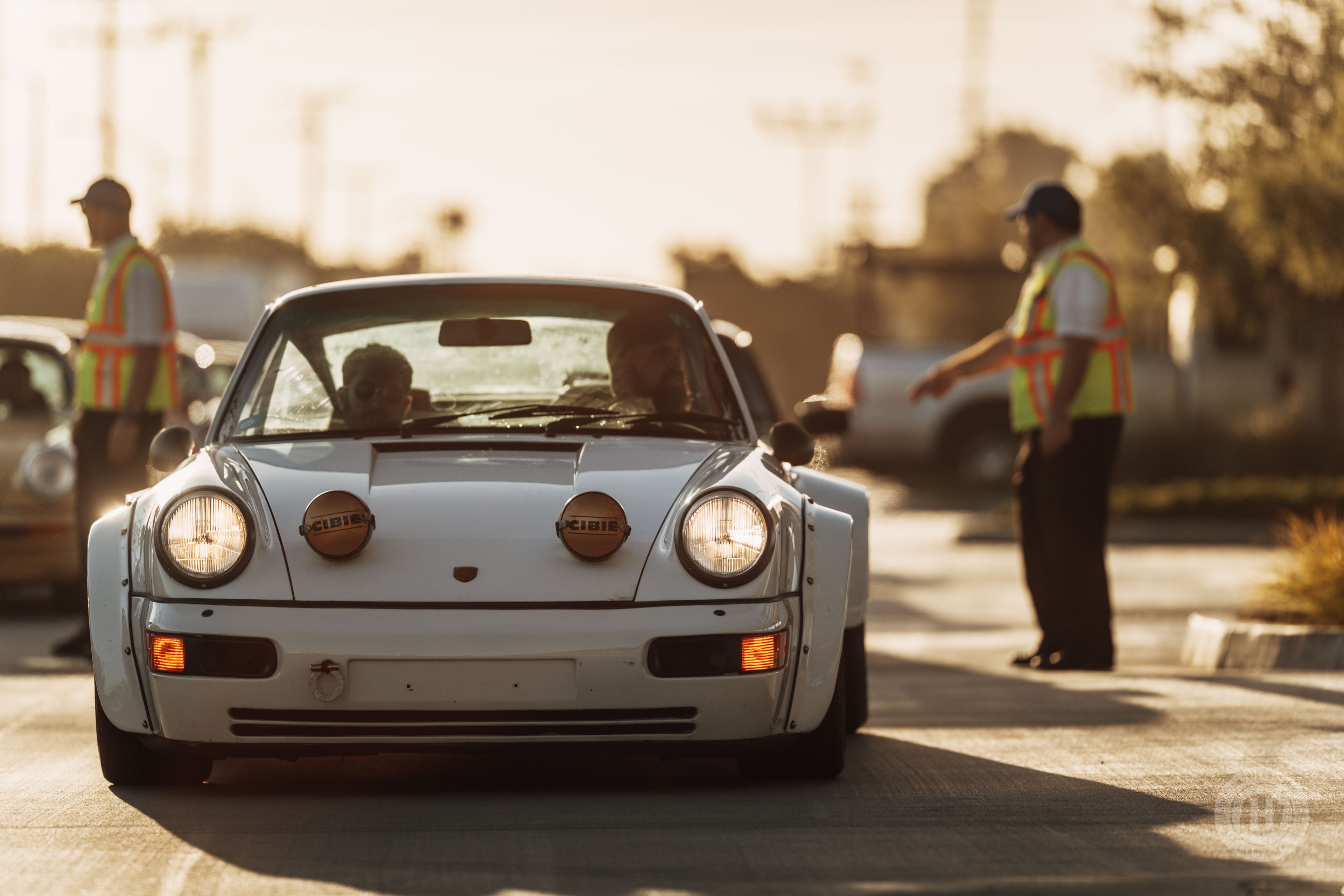





























 [/image-gallery-end]
[/image-gallery-end]